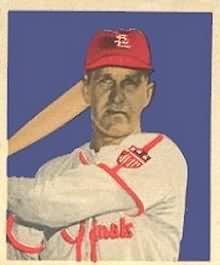Then we settled in with our coffee to read the morning newspaper and immediately fell into a festering funk. The story that sent us spiraling downward dealt with somebody’s big plan to hoist a 9-foot-tall star to the top of the Binz Building as a countdown to midnight, with hopes that said star-raising will evolve into a local tradition to rival the ball-dropping to-do in Times Square.
Ah, come on. We’ve got our own long-established New Year’s Eve tradition in Houston. It’s called the illegal discharging of firearms within the city limits.
The newspaper story included some verbiage from the head of something called the Downtown Entertainment District Alliance (upon reading the title of this organizaiton we were for some reason moved to stand and hum a few bars of La Marseillaise). But instead of the unblinking rah-rah stenographic approach the daily newspaper has traditionally taken to such dubious civic undertakings, we detected a most entertaining tone of sarcasm in the reporting of the star-hoisting and the other World Class enterainment options available hereabouts:
A visit to the city's Web site reveals how bleak the party pickings are: Of the first four "events" listed for today, three are sporting events. The fourth is the Christmas Holiday 2005 Trash Pickup schedule.Well, as we keep saying, Houston ain’t New Orleans---even now. We're big on picking up the trash here (even when we're not, like last week).
The newspaper then tapped the services of Robert Bruegmann, author of Sprawl: A Compact History (our favorite kind of history), who opined that ...
Houston is more in line with Indianapolis, San Diego, Albuquerque and Phoenix when it comes to holiday revelry.Indian-fuckin’-apolis!
Oh, the ignominy.
Obviouslky, this Bruegmann has no sensitivity for the feelings of Elyse Lanier.
The Chronicle wiseacres went on to report that the “biggest entertainer on the books in Houston for New Year's Eve is comedian Steve Harvey.” (Much deeper in the paper we found an interview with Mr. Harvey---hey, we woke up real early, but we knew Kid Galahad was on Turner Classics---in which he boasts that “no one funnier” than he will come through Houston [sigh], and that in his New Year’s Eve performances he would be saying something or other nice about Richard Pryor, although when Pryor was still extant and making funny young Steve Harvey was not qualified to carry his jockstrap to the shower, or even clean the screen of his crack pipe.)
Yes, it’s dire. Not even Sharpstown native Robert Earl Keen will be strumming in his hometown tonight.
All the more reason to stay in. Not that we’d be going out. We’ve got Jon Dee Graham’s The Great Battle, and Eddi Reader’s Sings the Songs of Robert Burns, and Richard Thompson’s Front Parlour Ballads, and an almost-fresh bag of unground Community’s Private Reserve (funny how they’ve repackaged the workingman’s coffee of our youth). We’ve got fences to mend, a yard fill of leaves to rake and mulch, a back-upped toilet to unplug and …
OK ... so what time is the Steve Harvey show?
The early one.
